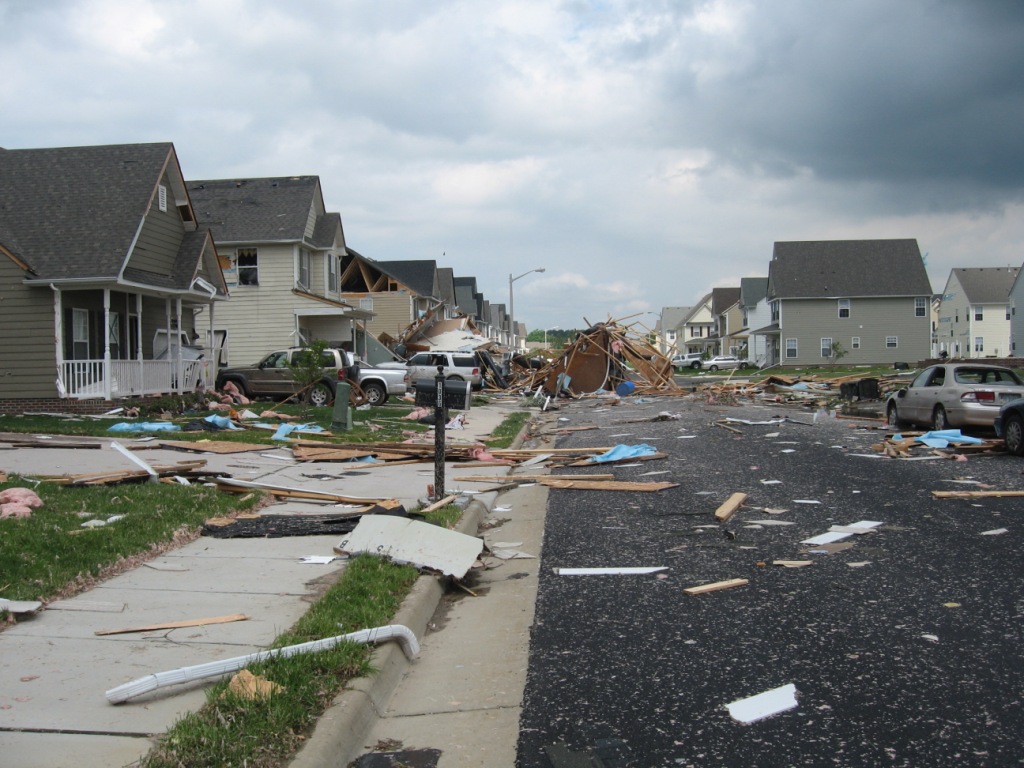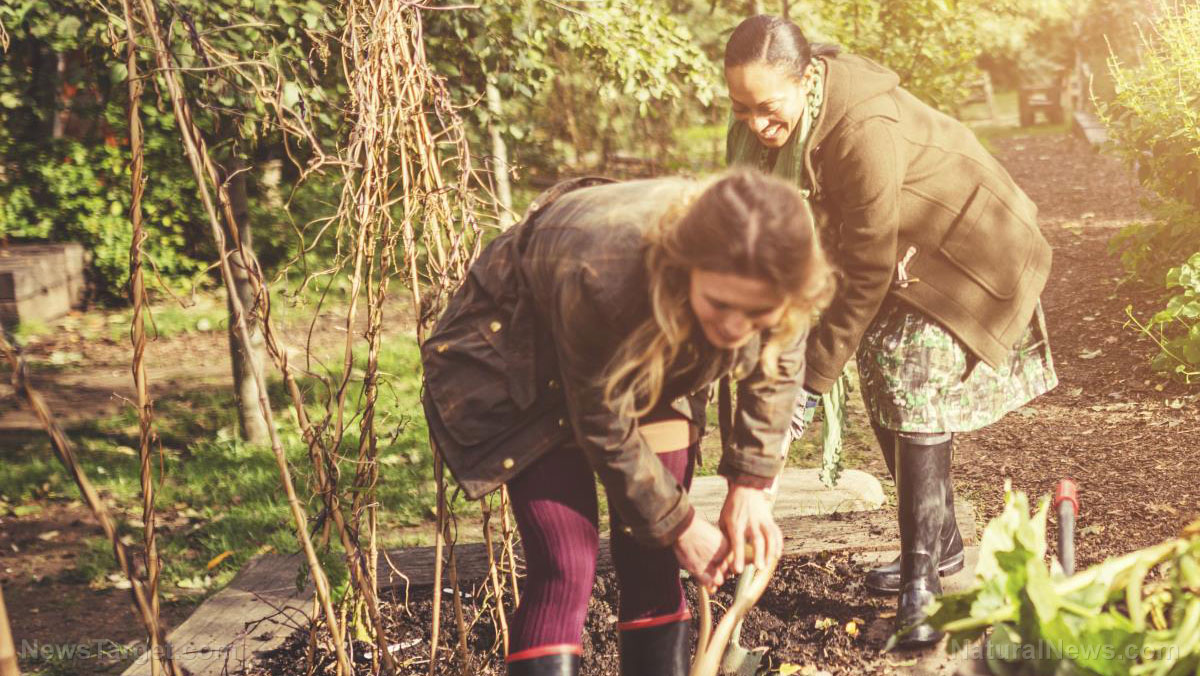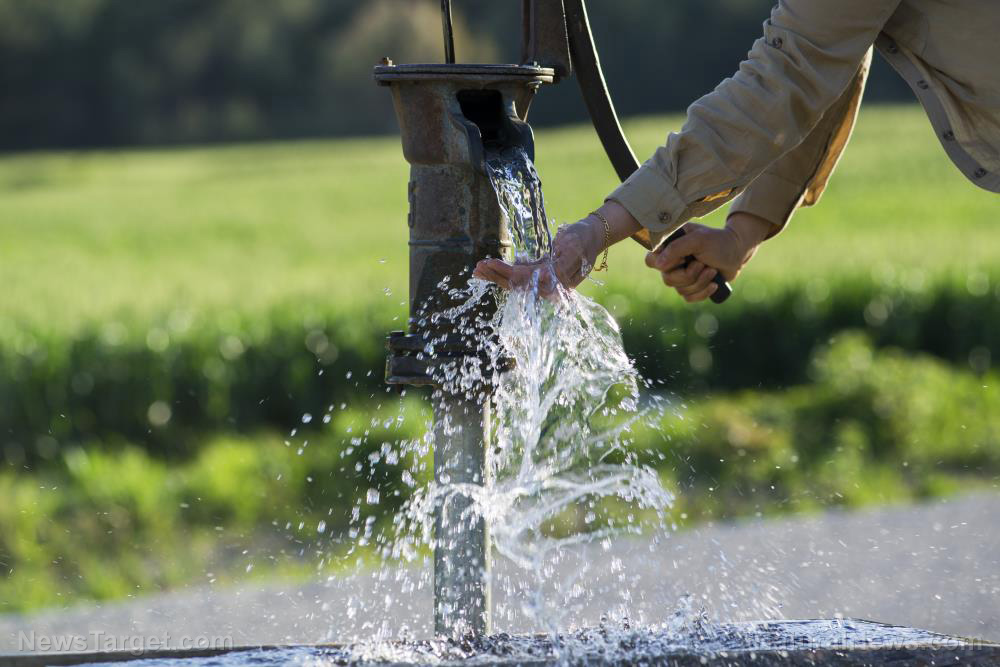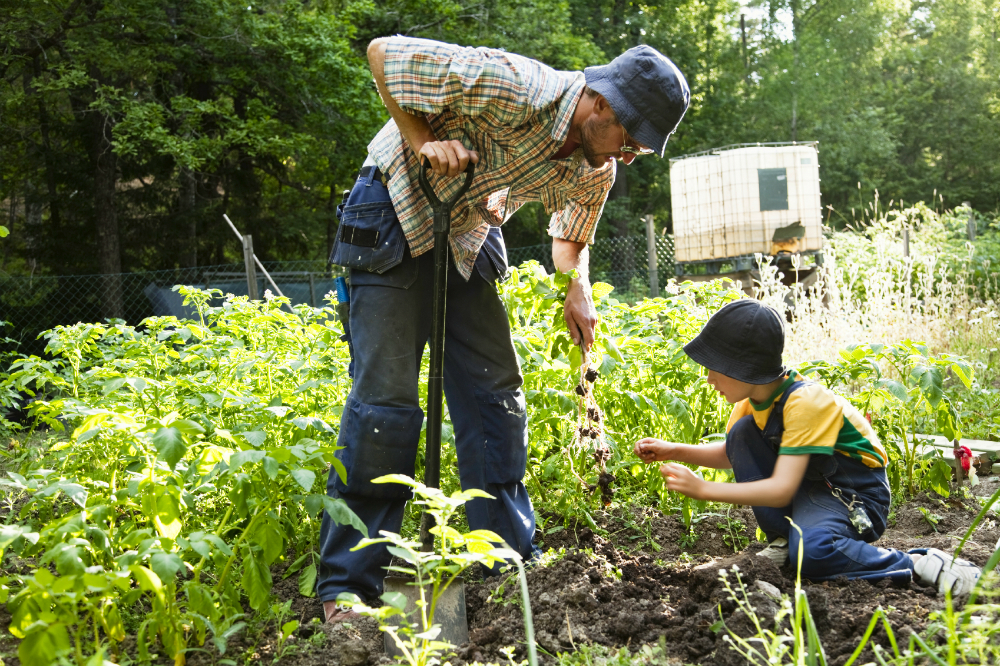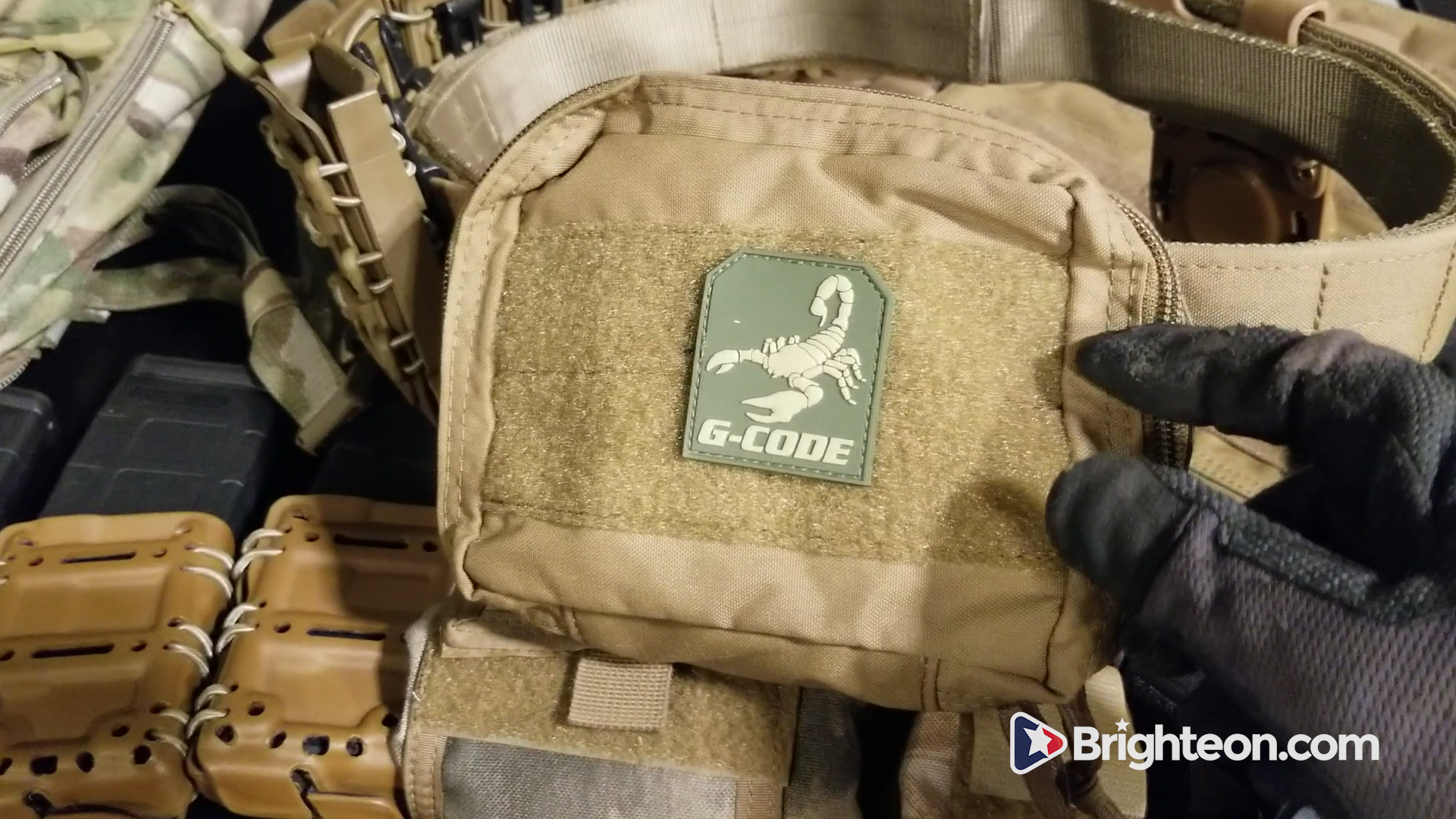Off-grid hygiene: Washing your hands without running water
06/12/2019 / By Mary Miller
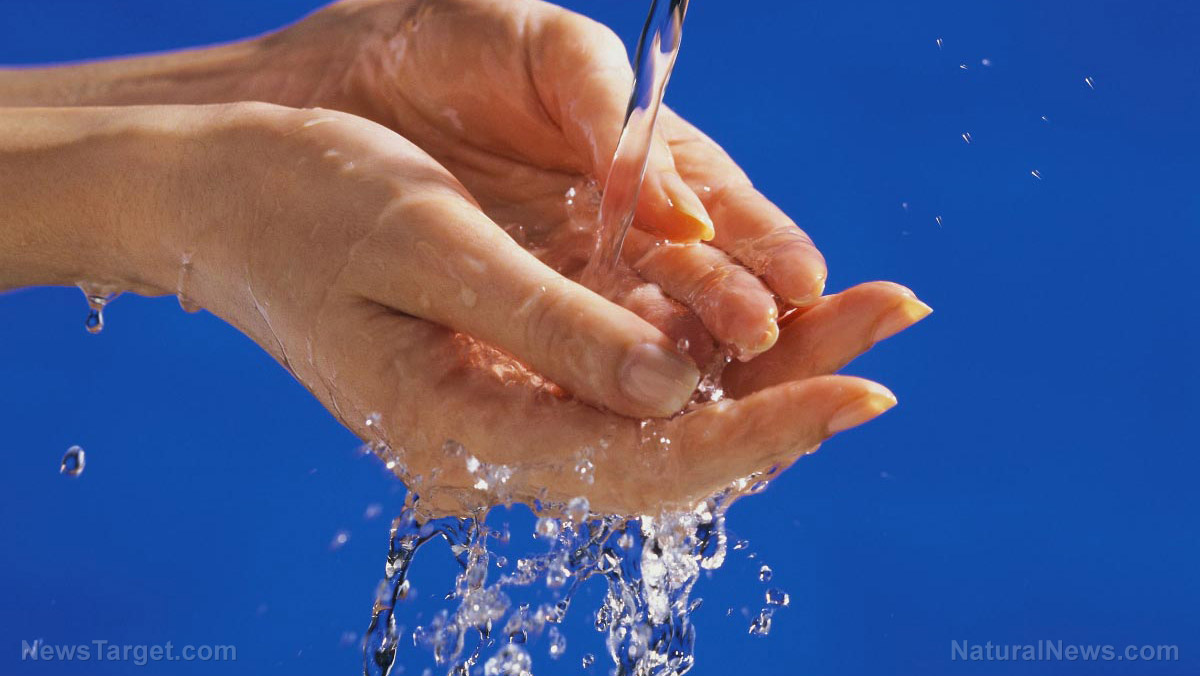
In a survival situation, one of the most important hygiene rules to follow is to regularly wash your hands in order to prevent the spread of harmful pathogens and bacteria. Ideally, you should wash your hands around four to eight times a day. This includes washing before meals, after using the bathroom, and after handling any unclean materials. However, this is not as easy to do when you don’t have running water. Here are some of the best ways to maintain proper hygiene when you don’t have running water. (h/t to PrimalSurvivor.net)
Use hand sanitizer
A temporary and inexpensive solution to keep your hands clean in any scenario is to use hand sanitizer. When choosing one, try to pick an alcohol-based one with at least 60 percent concentration of alcohol. It needs to be that strong in order to kill 99 percent of bacteria on contact. You should also look for hand sanitizers that list either ethyl alcohol, ethanol, isopropanol, or a similar variant as an active ingredient. Hand sanitizers do have their drawbacks, however, so you should be wary of relying on them too much. They can only help with germ protection, but they won’t be able to remove chemicals, heavy metals, or other toxic substances from your hands.
Use moist hand towelettes
Just like with the hand sanitizers, choose moist hand towelettes that have some form of alcohol as an active ingredient at 60 percent concentration. They are convenient to have in a survival scenario because they already come in individually wrapped packages that you can easily slip into your pocket or bug-out bag. If you plan to stock up on these towelettes, keep in mind that they do have a limited shelf life due to their packaging. Most hand towelettes will last for around two years in their packaging before drying up. (Related: Staying healthy after SHTF: Best hygiene practices.)
The power of the elements: Discover Colloidal Silver Mouthwash with quality, natural ingredients like Sangre de Drago sap, black walnut hulls, menthol crystals and more. Zero artificial sweeteners, colors or alcohol. Learn more at the Health Ranger Store and help support this news site.
Use an upturned plastic bottle
Hand sanitizers and moist hand towelettes are only meant for short-term use. You can’t depend on them forever for all your hygiene needs. Eventually, you will have to wash your hands with clean soap and water. A true prepper would have stockpiled some amount of water in case of emergencies, as well as soap. It might not be running water, but you can still use it to wash your hands. All you need is a regular plastic bottle with a cap. Fill the plastic bottle with water and poke a small hole through the cap. Turn the bottle upside down and the water should trickle out through the hole. You can either have someone hold the bottle while you wash your hands or temporarily fasten your bottle to a fixed location. When your bottle is empty, simply refill it with water.
Use a two-bucket sink
An upturned plastic bottle might help you wash your hands if there are just two or three of you, but it might not provide the most efficient hygiene solution if there are a lot of people in your group. If there are four or more people with you and you all plan on staying at your current bug-out location, you might want to consider building a DIY two-bucket sink. This makeshift hand-washing station consists of two buckets and a valve that releases the water. Clean water flows from the top bucket, which then gets collected in the lower bucket. The used water in the lower bucket can then be reused for watering crops, flushing toilets, or other survival purposes.
Keeping your hands clean even in off-grid scenarios will help you and your family prevent diseases. Visit Preparedness.news to learn more.
Sources include:
Tagged Under: bug out, cleanliness, emergencies, hand sanitizer, handwashing, homesteading, hygiene, moist hand towelette, off grid, outdoors, Plastic Bottle, preparedness, Preppers, prepping, prevention, sanitation, SHTF, survival, survivalist, two-bucket sink, washing hands, water
RECENT NEWS & ARTICLES
COPYRIGHT © 2017 · SURVIVAL NEWS

